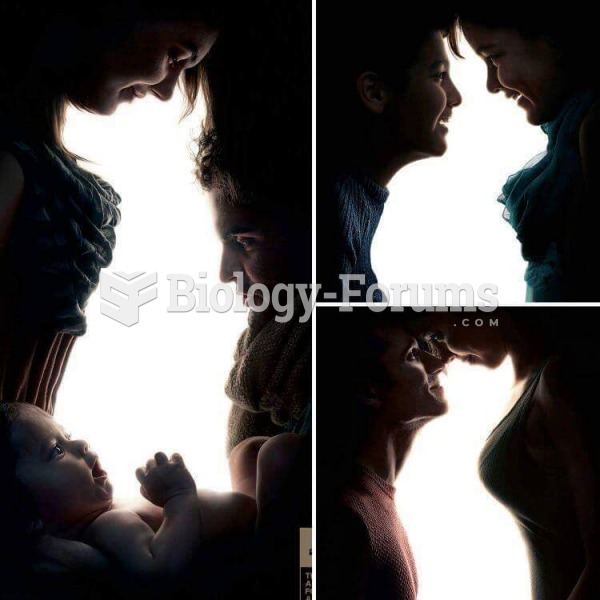1 It is hard to imagine, but in the early 1900s, most people were shocked by
skirts that showed women's ankles. By the early 1970s, however, most people
completely accepted the mini-skirt, which showed almost all of a woman's leg.
What caused this change? Trends in fashion, which often arise out of socialprotest movements, can deeply affect what people consider to be appropriate.
2 One well-known example is the rise in popularity of the denim jean,
which, until the mid 20th century, was connected with the working man and was
not accepted in either business or social situations. In the 1950s, many young
people began wearing jeans because they wanted to identify with every day
workers rather than office workers who typically wore dark suits with white
shirts. During the 1960s, Vietnam War protesters and others who were working
to change American society wore jeans as a sign of being antiestablishment.
They did not agree with the policies of the government, and did not want to look
like government workers who usually wore conservative suits. Throughout the
1970s, this trend of wearing jeans continued, and, by the 1980s, denim had
become accepted by many people. Office workers began to wear jeans with
blazers and button-down shirts at work on Fridays. This trend became known as
business casual and jeans, which were once a symbol of protest, became part of
our everyday fashion.
3 Another trend in fashion that came from the punk rock movement in the
1970s was the wearing of second-hand clothing. This type of clothing was often
older, from another era, and may have had holes or ripped seams. This trend
began in part as a reaction to rock super groups who had complicated stage shows
and wore expensive costumes. In contrast, punk bands played on simple stages,
did not really know how to play their instruments and wore clothes that often
needed to be held together with safety pins because they were so badly damaged
and used. Soon, the general public began to realize that second-hand stores,
often called thrift stores, had many interesting pieces of clothing from the 1920s,
30s, 40s, 50s and 60s which often were sold at very low prices, sometimes for
even less that one dollar. From this, the vintage clothing industry was born,
and today, fashion-conscious people often wear clothes that are older and are
second-hand. Indeed, some current clothing manufacturers have begun to make
new copies of clothing that were originally found in thrift stores. The prices, of
course, are much higher than one dollar, but this vintage look can claim its
beginning in the clothing of the mid-70s punks.
4 What will be the fashion trends of tomorrow? Will we still wear miniskirts, jeans or vintage clothing? Or will new items emerge as other social
protests arise? These trends are difficult to predict but a
Use context clues, word-part clues or dictionary definitions to choose the best definition
of the italicized words in the reading Trends in Fashion.
era (par.3)
a. old age
b. period of time
c. geologic time
Question 2
1 It is hard to imagine, but in the early 1900s, most people were shocked by
skirts that showed women's ankles. By the early 1970s, however, most people
completely accepted the mini-skirt, which showed almost all of a woman's leg.
What caused this change? Trends in fashion, which often arise out of socialprotest movements, can deeply affect what people consider to be appropriate.
2 One well-known example is the rise in popularity of the denim jean,
which, until the mid 20th century, was connected with the working man and was
not accepted in either business or social situations. In the 1950s, many young
people began wearing jeans because they wanted to identify with every day
workers rather than office workers who typically wore dark suits with white
shirts. During the 1960s, Vietnam War protesters and others who were working
to change American society wore jeans as a sign of being antiestablishment.
They did not agree with the policies of the government, and did not want to look
like government workers who usually wore conservative suits. Throughout the
1970s, this trend of wearing jeans continued, and, by the 1980s, denim had
become accepted by many people. Office workers began to wear jeans with
blazers and button-down shirts at work on Fridays. This trend became known as
business casual and jeans, which were once a symbol of protest, became part of
our everyday fashion.
3 Another trend in fashion that came from the punk rock movement in the
1970s was the wearing of second-hand clothing. This type of clothing was often
older, from another era, and may have had holes or ripped seams. This trend
began in part as a reaction to rock super groups who had complicated stage shows
and wore expensive costumes. In contrast, punk bands played on simple stages,
did not really know how to play their instruments and wore clothes that often
needed to be held together with safety pins because they were so badly damaged
and used. Soon, the general public began to realize that second-hand stores,
often called thrift stores, had many interesting pieces of clothing from the 1920s,
30s, 40s, 50s and 60s which often were sold at very low prices, sometimes for
even less that one dollar. From this, the vintage clothing industry was born,
and today, fashion-conscious people often wear clothes that are older and are
second-hand. Indeed, some current clothing manufacturers have begun to make
new copies of clothing that were originally found in thrift stores. The prices, of
course, are much higher than one dollar, but this vintage look can claim its
beginning in the clothing of the mid-70s punks.
4 What will be the fashion trends of tomorrow? Will we still wear miniskirts, jeans or vintage clothing? Or will new items emerge as other social
protests arise? These trends are difficult to predict but a
Use context clues, word-part clues or dictionary definitions to choose the best definition
of the italicized words in the reading Trends in Fashion.
antiestablishment (par.2)
a. against social and economic traditions
b. in support of social and economic traditions
c. not aware of social and economic traditions







